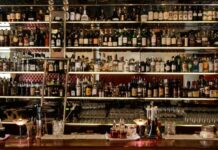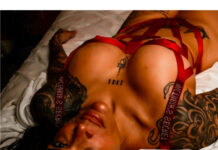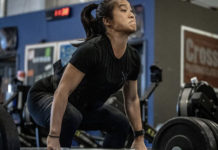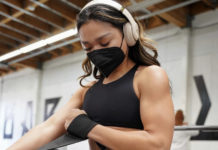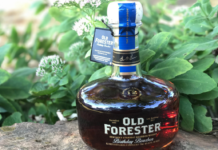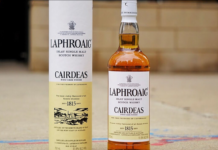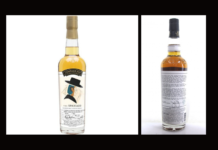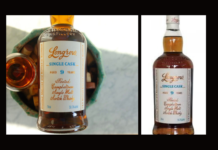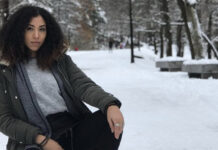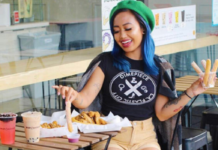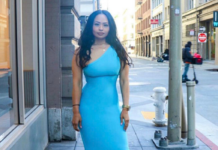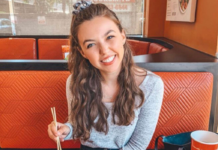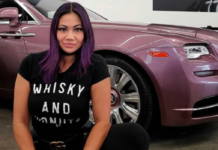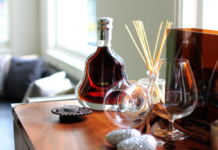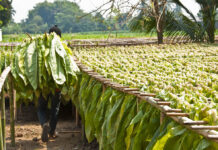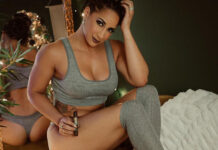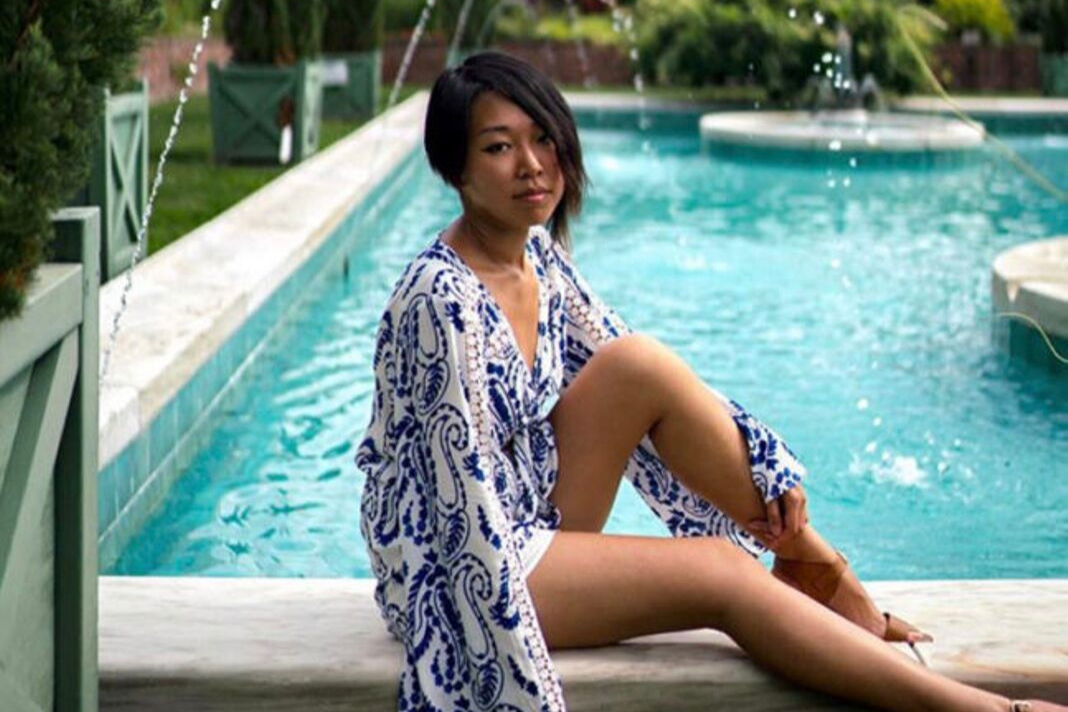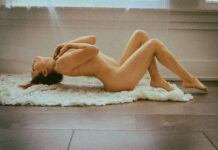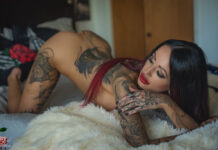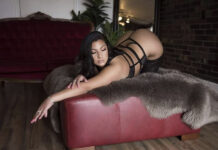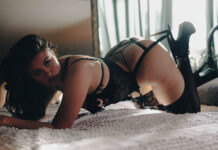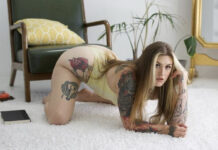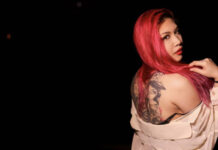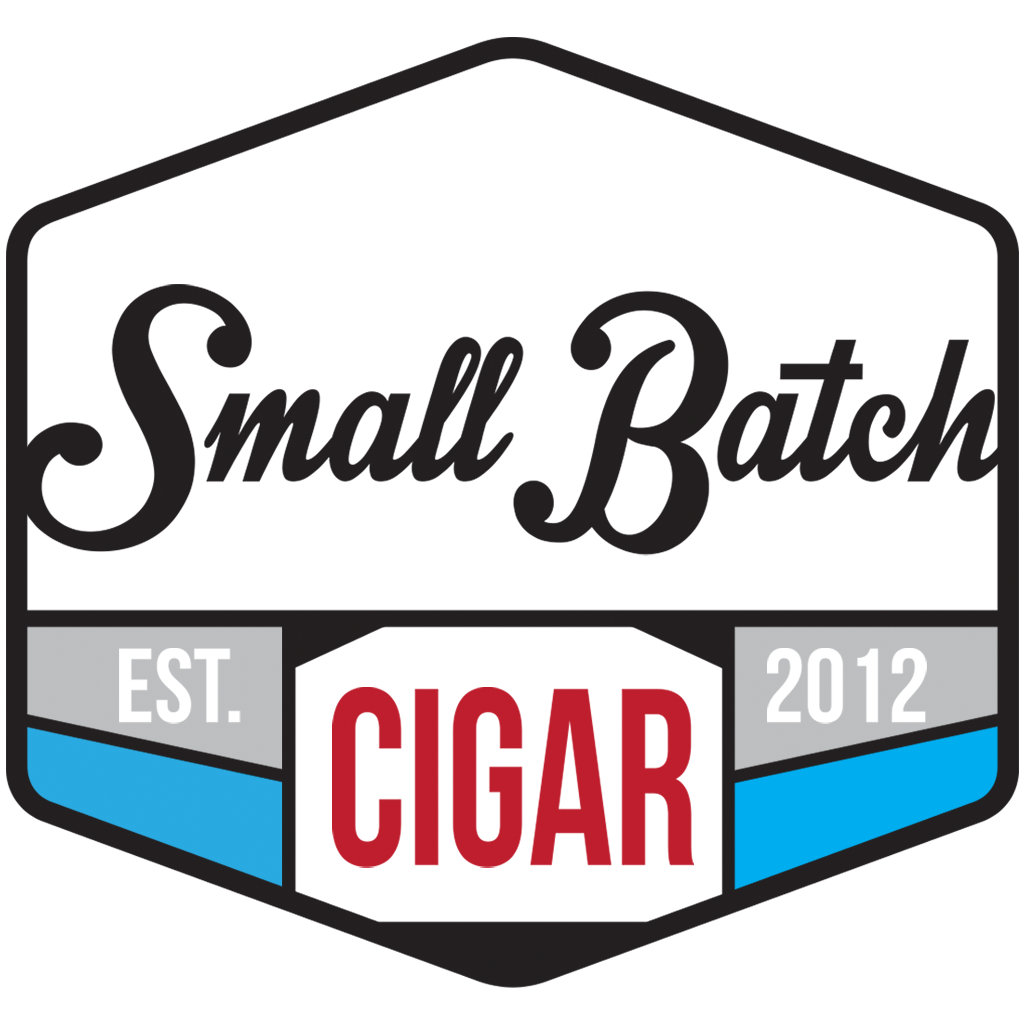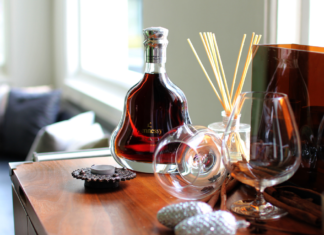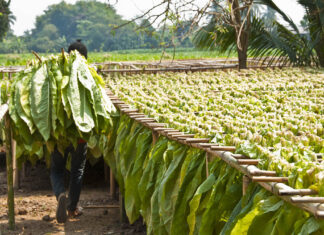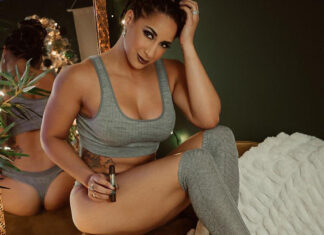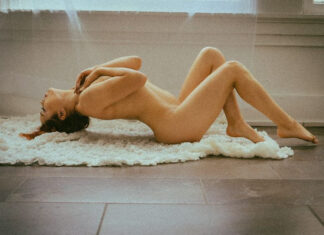We love chatting with creative artists, photographers, those behind the lens, trying to capture a glimpse into their world. We spoke to Jill Rittymanee (Instagram @j.ritty) about what it takes to capture beautiful photography.
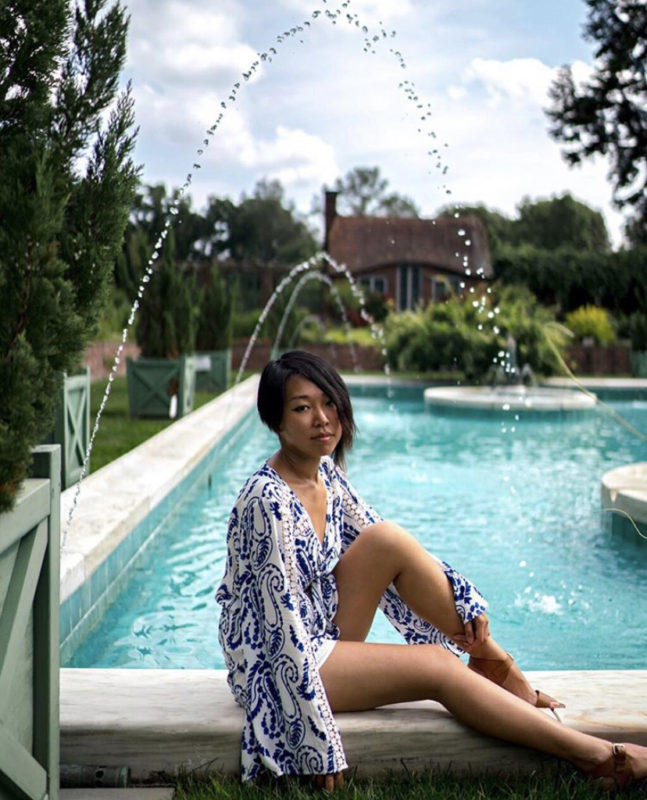 Jill what’s the story of how you got into photography and end up pursuing your passion?
Jill what’s the story of how you got into photography and end up pursuing your passion?
JR: For a very long time, I actually didn’t have respect for photography. From the outside, it felt too gear-dependent. Initially studying illustration, I had to depend on my motor skills and practice everyday for years. Photography felt like cheating.
When I did take photos, it was just to keep a memory of something and would be super candid. I took photos of food specifically to remember dishes I ate and the places I’ve been to. It was an easier way to experience other cultures without hopping on a plane, especially with all the wonderful choices NYC has. I always had this weird obligation to post full albums on Facebook on who I saw and where I went. But now, my goal is to capture beautiful memories.
What changed photography for me was my first photomeet in Essex, CT — followed by other meets like Pursuit of Portraits. Just being surrounded by talent made me gain a lot more respect for photography and urged me to learn.
These experiences compelled me to start caring about the focus and composition of my photos, even in seemingly trivial everyday things, and it took off from there.
So Jill, what got you started in photography and what style do you mainly shoot? and how would you distinguish your style?
JR: One day, my friend’s friend was searching for a food photographer and tagged me in the post. We worked together and I got deeper into the Instagram world. I never really knew that this was the career I wanted to do and it would end up being the happiest thing I’ve done. It’s true what they say — find the things that you’d still happily do without pay and figure out how to turn that into a living.
For my style, I prefer moody shots, but I love details. I love to get the nuances of a dish and bring them out, but not change the colors of how the food really looks like to give it that sense of reality still. My tones also tend to be more on the warmer side.
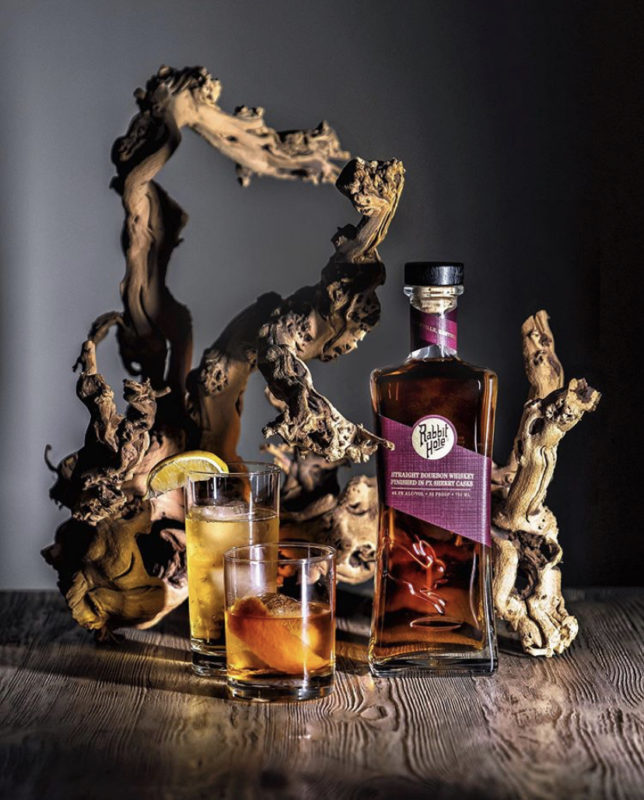 Your photos look flawless, what goes into the preparation, vision, the equipment to curate the perfect shot. Give us a time frame from shot to post.
Your photos look flawless, what goes into the preparation, vision, the equipment to curate the perfect shot. Give us a time frame from shot to post.
JR: Thank you! It depends what I’m shooting really. If I’m at a tasting for a restaurant, I use my Sony α7R III and either my 24-70mm or my 35mm lens. I’ll look for either natural light or I’ll bring my small external light. I tend to order what I really want to eat, rather than just ordering things for their looks. Before the food even comes, I will plan out the photoshoot in my head
When the food arrives, it’s game time. I’ll see what kind of dish it is, how it’s plated and find its best angle. For example, if it’s a burger, I would shoot it straight on to capture all the layers. If it’s multiple dishes at once, I’ll see if a flatlay is possible. What’s really important to me is to be quick enough that the food doesn’t get cold / melts / etc. This enables me to write a more fair and thorough review. The food itself is very important to me!
After the shoot, the day isn’t over yet. I’ll transfer the photos over to my laptop, sort and organize all the photos, then edit the RAW files in Photoshop CC. Usually a photo takes me around 20 minutes or less to edit, but if the lighting or subject are particularly bad, it may take an hour or more. Sometimes I get really lost in the details and end up taking even longer than intended.
That said, the biggest time drain for me is actually coming up with a meaningful and useful caption! One of my pet peeves is when people post pictures of food but provide no valuable information about what it is or where to get it. As someone who works closely with restaurants, I’ve gained an appreciation for how incredibly hard they work to grow, or even just to stay in business. Therefore, I avidly believe that my work on Instagram is about more than just getting likes and followers for myself. It is my belief that part of my role in the food world is to actually support these restaurants’ success. After all, what use is enjoying great food if the restaurant doesn’t last.
So, when I write captions, I want them to be useful for viewers. I want them to be able to know what they’re looking at, where it’s from, and what it tasted like. What that means is that when I write a caption, I aim to include the dish’s name, what’s in it, and share my thoughts on how it tasted. This typically entails cross-referencing the restaurant’s menu to ensure that I have accurate information for each dish. From there, I also include the IG of the restaurant or blogs that feature what I’m posting, and then finally research what the best hashtags for that subject are. The last step is to figure out how the shot fits into my grid to create an aesthetically pleasing pattern.
In terms of time from shot to post, it really depends on how much work I have going on, since I prioritize my work over Instagram. If I’m really in a hurry, I can finish things day of, but more often than not, it can take me anywhere from a few days to a few weeks.
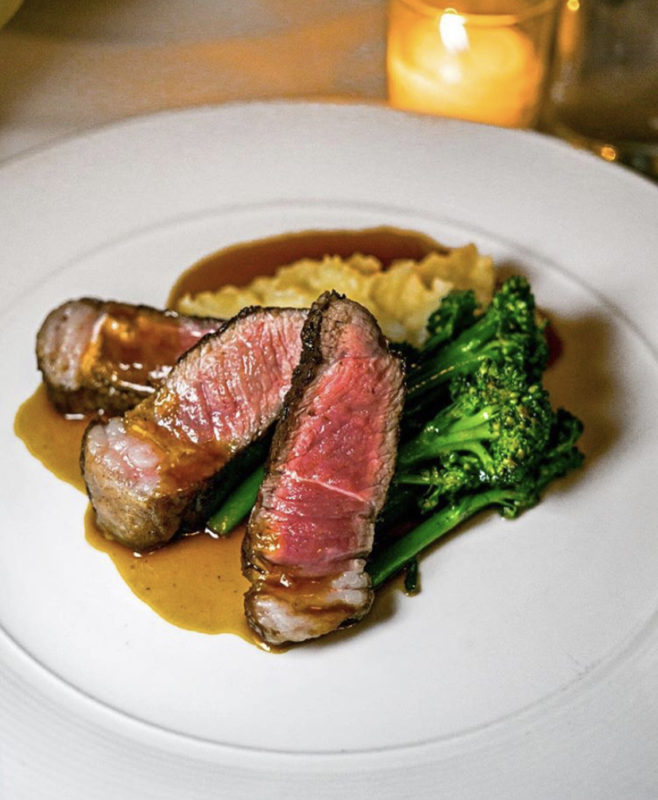 Who is your biggest inspiration?
Who is your biggest inspiration?
JR: Daniel Berehulak, Sarah Bahbah, and the creators of Chef’s Table. I recently discovered some of Daniel Berehulak’s work from 2016 and was really impressed. His journalistic photos not only conjure vivid images, but also even evoke immersive sounds. Putting himself into crazy, sometimes life-endangering situations, he is able to tell others’ stories through a unique perspective.
Sarah Bahbah constructs some really interesting visual narratives of imperfect relationships through sets of multiple photos. She has this raw style that makes it feel very in the moment, and the subtitles make it feel like a clip of a movie.
I absolutely love Chef’s Table for their cinematic technique; every episode is just so beautifully crafted. It’s truly remarkable how they brought a new perspective to the food scene. Their work showcases the stories of these talented chefs, and really raises the bar on what a food documentary can be.
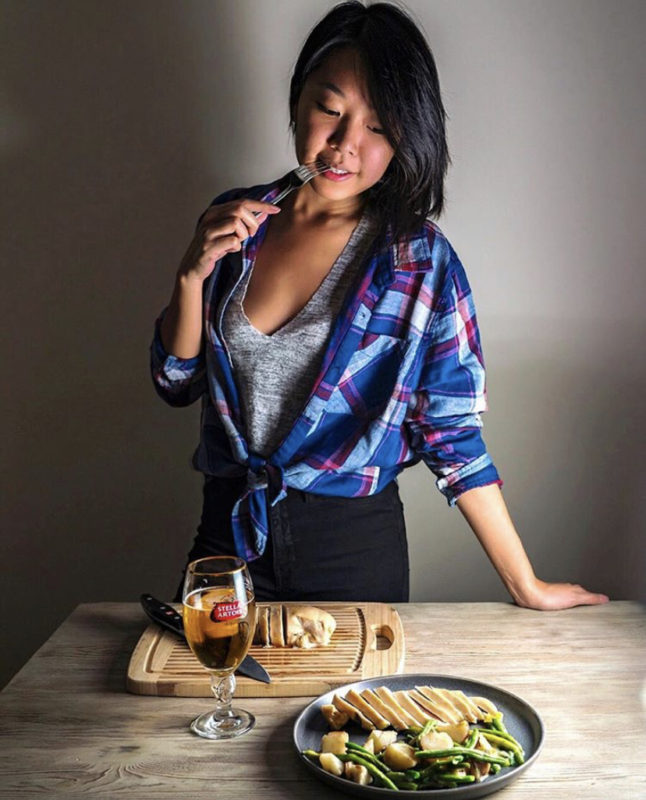 Where do you see yourself with photography in the next 5 years?
Where do you see yourself with photography in the next 5 years?
JR: I’ve been doing a good amount of studio / product photography lately, and I think I’m headed in the direction of really focusing on food-related photojournalism. I want to move away from shooting staged scenes and more towards capturing truly authentic moments. I’d love to capture how people interact with food, and how it shapes their lives in different ways.
In a lot of ways, I find myself yearning to reconnect with my creative roots in illustration and communications design. I believe that if I can better combine those skills with my food photography, it will take my creative expression to the next level.
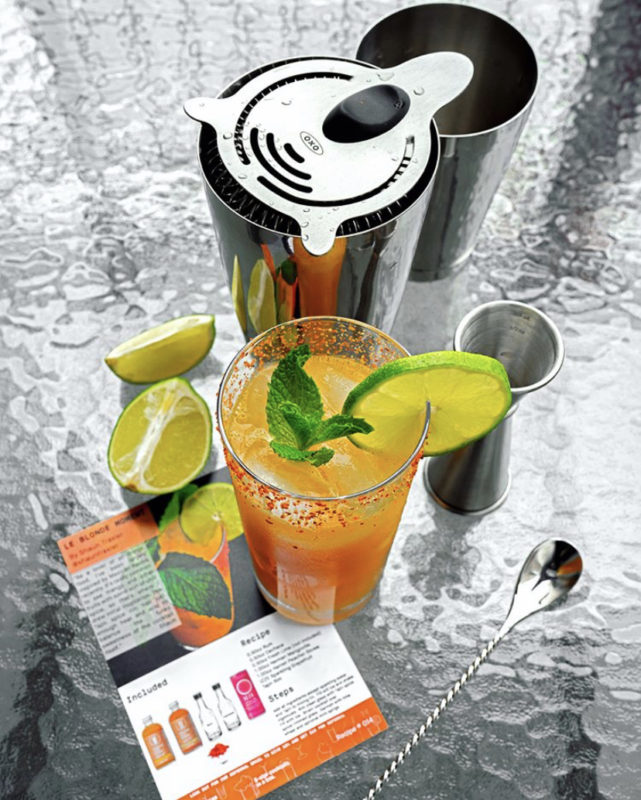 Photographing Food and Alcohol can be tricky especially in low light situations. Can you give us some tips and tricks we can use to take better photos?
Photographing Food and Alcohol can be tricky especially in low light situations. Can you give us some tips and tricks we can use to take better photos?
JR: I use a Sokani X21 light, which is an external LED light. Despite its small size, it’s pretty powerful. Just be very careful using it at dark restaurants. I do not recommend using it in tight seating situations. I’ll ask for a booth seat or a seat more hidden away. The last thing you want to do is blind or disturb other guests. Always be aware where you’re facing the light. Don’t aim it at people! You can put a napkin over it to make the shadows softer, bounce the light off paper or a menu. Try different lighting angles and see how the shadows change on the subject (again, with other people in mind). I personally prefer side lighting.
If you don’t want too much attention to yourself, another way is if you have a lens that has a lower f-stop. Less than 2 would be ideal. You can be more creative and use any light in your vicinity, such as candles. I would also fix the white balance so the photo doesn’t become too orange.
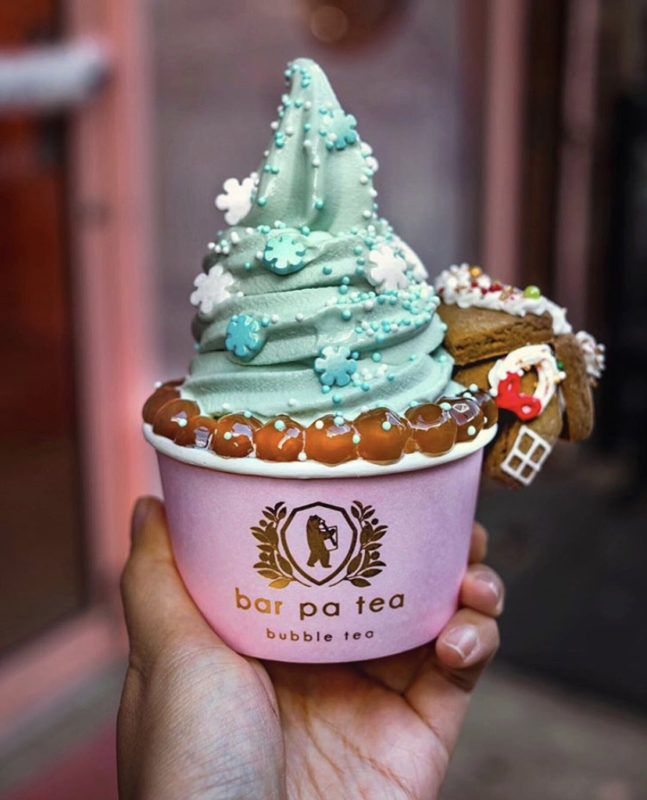 What is the best thing you’ve experienced by being a photographer and a blogger?
What is the best thing you’ve experienced by being a photographer and a blogger?
JR: I’ve been so fortunate to have had so many amazing experiences through my Instagram journey. Honestly, it’s really hard to pick just one, but off the top of my head, one experience that really stands out was at Beatrice Inn. It was an event sponsored by Tasting Table in collaboration with American Lamb Board.
First of all, I’ve long had a lot of respect for Angie Mar, who is the owner and Executive Chef of Beatrice Inn. I was blown away by her burgers at a food event, and it was definitely the best booth there. When you eat her food, it’s really evident just how much passion she brings to her craft.
Second of all, this event was just insane! They were incredibly generous with all these cuts of lamb from different regions, paired well with wine. Every bite was as delicious as the next; it was a truly decadent dinner.
The event was memorable because I was basically sponsored to eat tons of meat with my colleagues, and even got to meet a chef who I really respect!
You do all kinds of photography, what is your favorite kind personally?
JR: Definitely food. If I don’t like an angle, I can move it easily. I can blind it with light, and it won’t be bothered, and the best part is getting to eat it after!
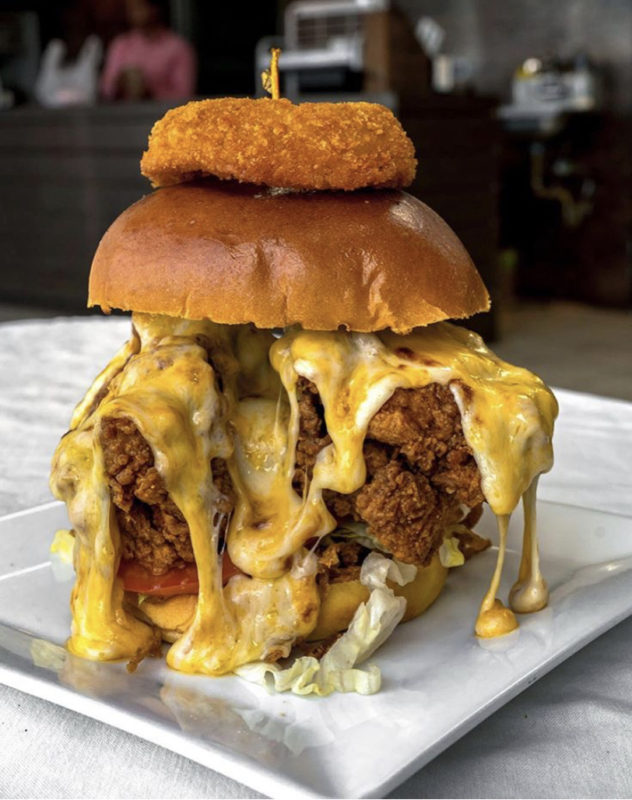 Everyone these days seem focused on the technology of photography, what are your views on tech vs art?
Everyone these days seem focused on the technology of photography, what are your views on tech vs art?
JR: I can understand why people focus so much on technology, when there have been so many exciting advancements in the past decade, especially with smartphones. I think that companies will always continue to push the envelope on camera technology, and this is a good thing.
I think it’s less about “tech versus art” and more about how tech can complement or enable new forms of expression. The fact is that photography at its core is an art, and there are aspects of it that technology might emulate or make easier but can never replace. For example, you could have the best camera technology, but if you don’t grasp the foundations of photography, your work will still fall short. The real art of photography lies in being able to capture the feeling that something gives or the soul that it has.
Another interesting example is that despite all the advances in technology, I know plenty of people who are actually getting back into film. There’s just something about the feel and graininess of film that nobody’s quite figured out how to replicate digitally yet. The advances in digital technology and post-processing capabilities have made it far too easy to take photos without much thought. With film, there’s a certain finality to each shot taken, and you have a limited number in each roll, which forces the photographer to be much more thoughtful in getting it right the first time. It’s almost as if people’s reversion back to the old ways is a subtle rebellion against this increasing trend of thoughtless photography.
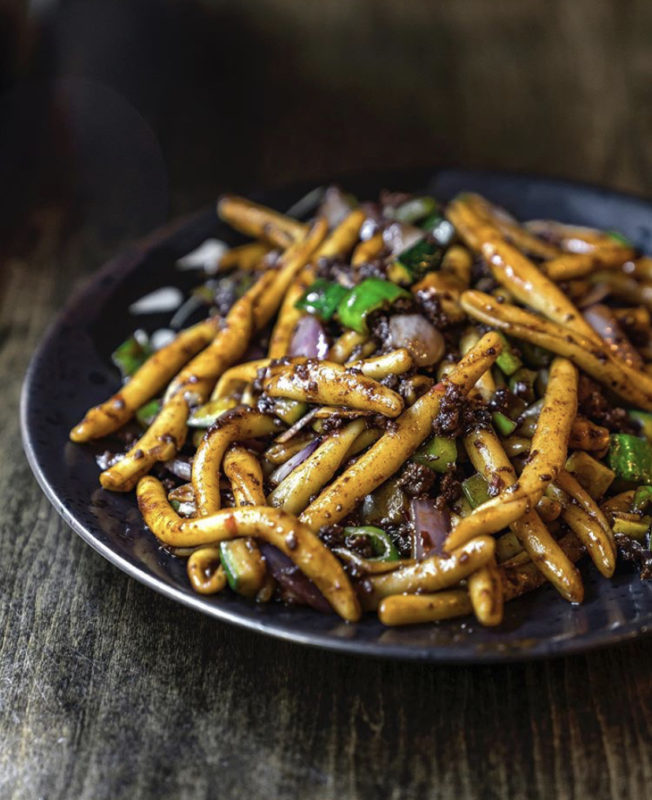 What new projects are you looking to get into?
What new projects are you looking to get into?
JR: I would love to accompany people on trips and just document the journey and culture in a journalistic fashion. I’m more of a behind-the-scenes type, so I think this way of working suits my personality. Lately, I’ve also been getting into video. I enjoy continually challenging myself, and it’s fun to learn about and experiment with different styles of filming.
What are some of your all-time favorite hobbies other than photography?
JR: It’s really traveling and everything food. My friends know that when I travel, I don’t play around. I’ll do tons of research and with the help of my boyfriend, create a detailed itinerary which consists of 75% food. I also enjoy cooking and experimenting with recipes at home. It’s always a fun challenge crafting a meal with whatever’s available, or to figure out what that missing ingredient is as I taste what I’m cooking. When I’m not indulging myself in food, you’ll probably find me checking new arrivals at my favorite clothing brands.
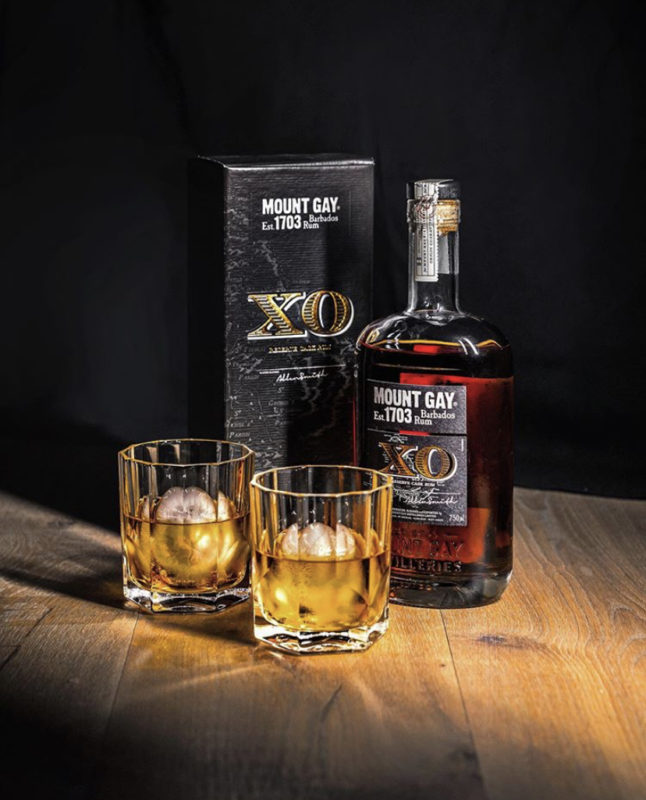 Any last words?
Any last words?
JR: Influencers are all part of a larger community. What each person does reflects on the rest of us. Respect the establishments and people you collaborate with, and it’ll raise everyone else up with you.

